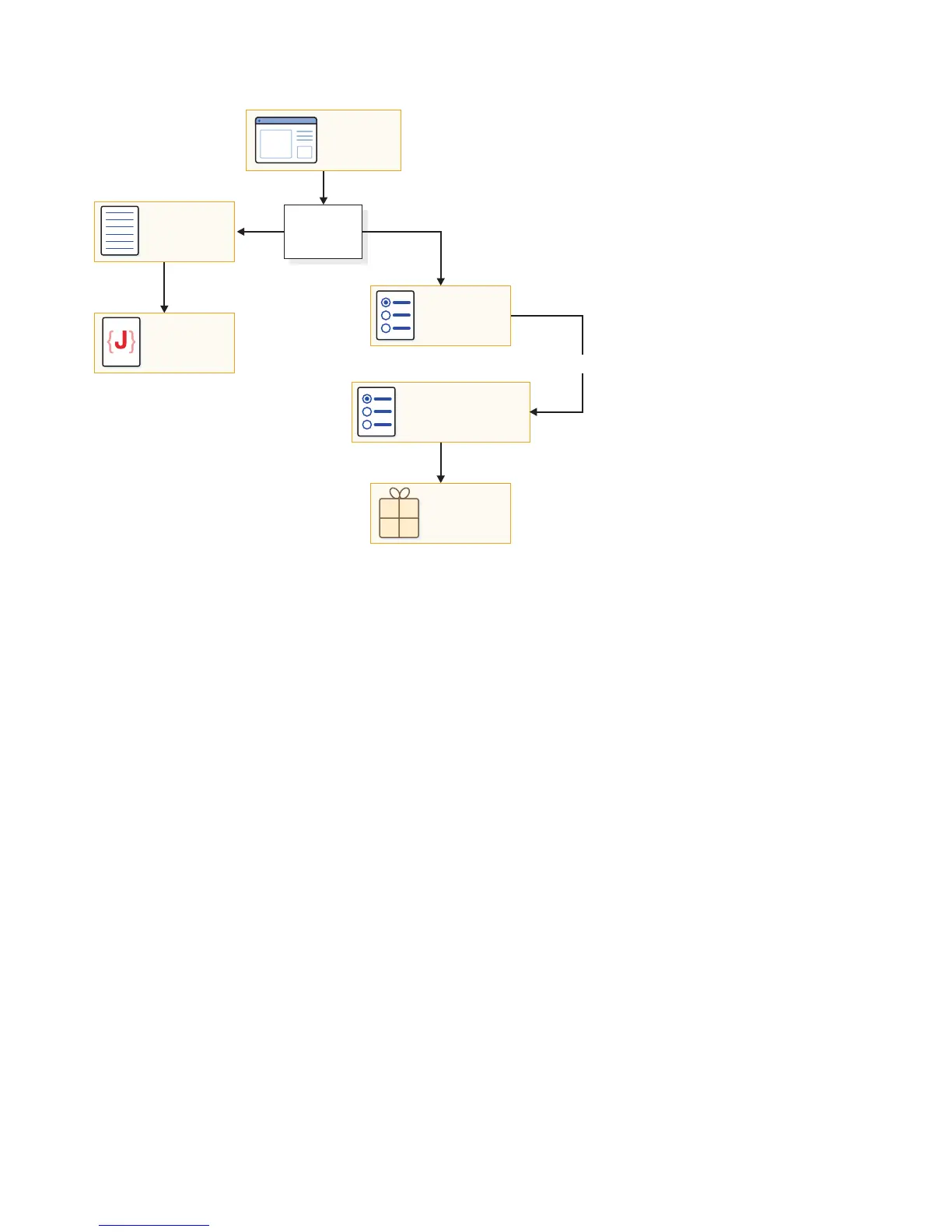The basic steps in SQLJ program preparation are:
1. Run the sqlj command from the z/OS UNIX System Services command line to
translate and compile the source code.
The SQLJ command generates a Java source program, optionally compiles the
Java source program, and produces zero or more serialized profiles. You can
compile the Java program separately, but the default behavior of the sqlj
command is to compile the program. The SQLJ command runs without
connecting to the database server.
2. Run the db2sqljcustomize command from the z/OS UNIX System Services
command line to customize the serialize profiles and bind DB2 packages.
The db2sqljcustomize command performs these tasks:
v Customizes the serialized profiles.
v Optionally does online checking to ensure that application variable types are
compatible with the corresponding column data types.
The default behavior is to do online checking. For better performance, you
should do online checking.
v Optionally binds DB2 packages on a specified database server.
The default behavior is to bind the DB2 packages. However, you can disable
automatic creation of packages and use the db2sqljbind command to bind the
packages later.
You might also need to run the db2sqljbind command under these
circumstances:
– If a bind fails when db2sqljcustomize runs
– if you want to create identical packages at multiple locations for the same
serialized profile
3. Optional: Bind the DB2 packages into a plan.
SQLJ
translator
Compile
Source
program
Modified
source
Java class
file
Four
packages
Serialized
profile
Customized
serialized profile
Customize
Figure 54. The SQLJ program preparation process
184 Application Programming Guide and Reference for Java
™

